We estimate that half a million children suffer abuse in the UK every year, which equates to about seven children in a classroom experiencing abuse before they turn 18.
The NSPCC believes this must end, and that we all need to work together to protect children.
Teachers are often on the frontline of keeping our children safe. Sadly, though, research we carried out recently with teaching union NASUWT shows that this task is becoming increasingly challenging.
Our survey, which was carried out with 8,329 teachers from across the UK including Scotland, revealed that 93% had seen an increase in the number of safeguarding referrals made within their school over the past year, while 97% said their school had seen an increase in safeguarding concerns as normal school life returned, following pandemic closures.
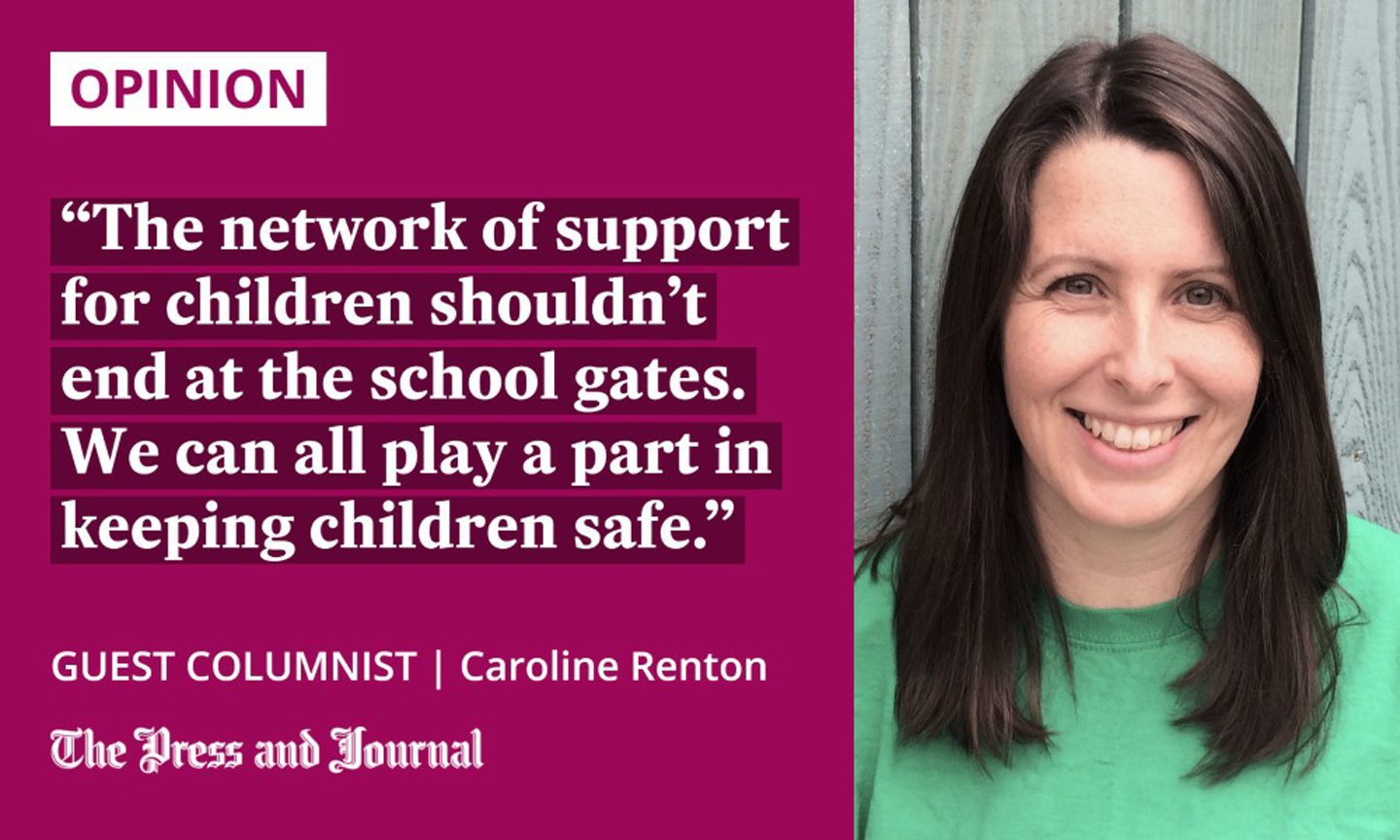
In Scotland, the number of children referred to the Scottish Children’s Reporter Administration by the education sector increased by 84% between 2020-2021 and 2021-2022, from 434 (when most children were away from school because of Covid measures in place) to 800.
These figures are clearly worrying because they represent an increase in safeguarding referrals relating to – among other things – neglect, emotional and physical harm, and the sexual abuse of children.
The NSPCC has worked with educators for many years, including visiting primary schools with our “Speak out Stay safe” assemblies and workshops, and launching a new resource for teachers called Talk Relationships. We know the vital role schools play in keeping children safe, and how important it is that everyone connected with education understands how to recognise and respond to concerns, whether they happen in the classroom, corridor or community.
But the network of support for children shouldn’t end at the school gates. We can all play a part in keeping children safe, and that’s where our flagship awareness and fundraising day comes into play.
Get involved with Childhood Day
The NSPCC’s Childhood Day, which takes place on June 9 this year, is a great way for members of the public to play their part in helping to protect children in Scotland. You can support it by volunteering at an event in your local community, or by donating.
This year, we have also launched a new, fun way to fundraise, with the Childhood Day Mile. You can walk it, wheel it or space hopper it: all funds will go towards the NSPCC’s work to protect children.
Our Childhood Day partners, Lidl GB and Sky Cares, are also holding activities across the UK to raise funds. For more information, visit our website.
We would urge anyone with concerns about a child to contact the NSPCC helpline and speak to one of our professionals. Call 0808 800 5000, email help@nspcc.org.uk, or fill in the online form on our website.
Caroline Renton is NSPCC Scotland’s supporter fundraising manager
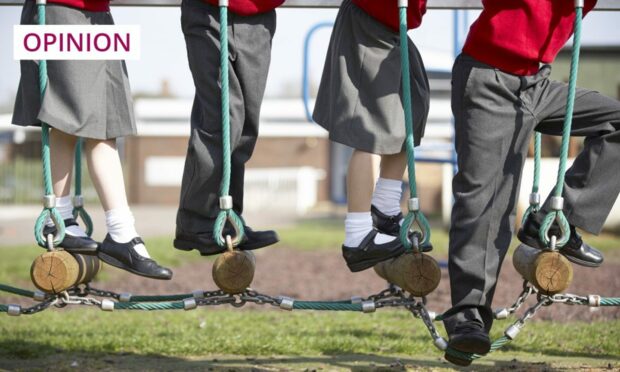
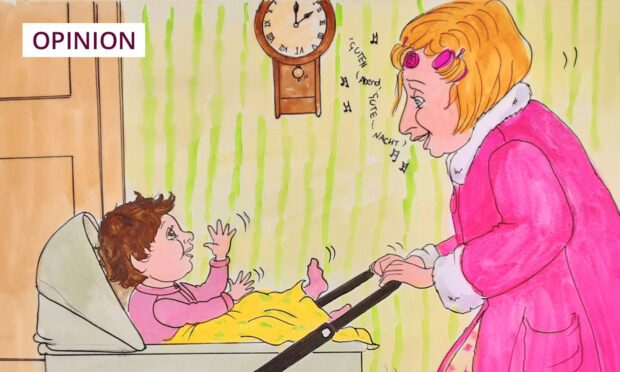

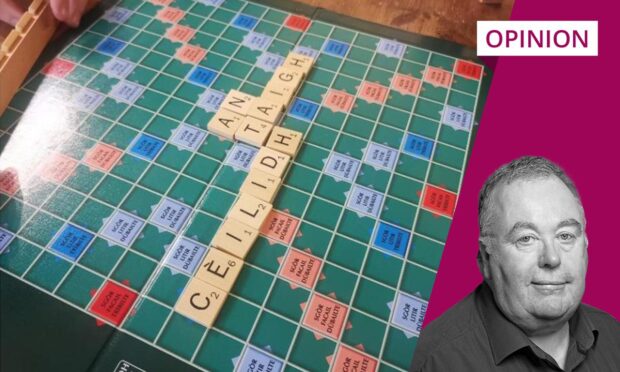


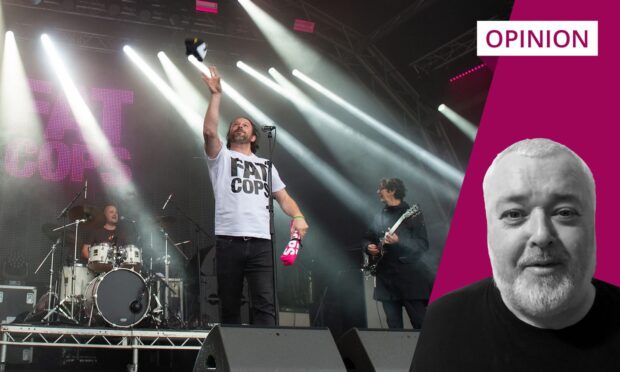
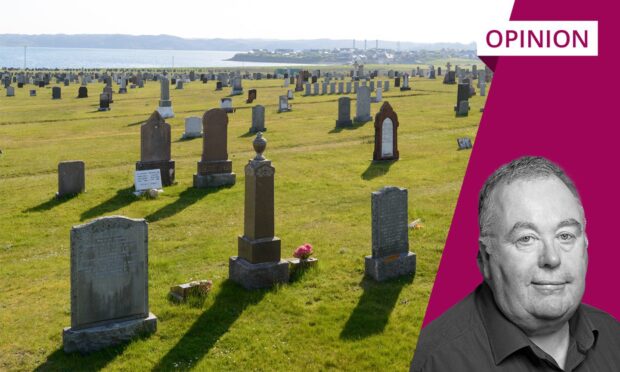

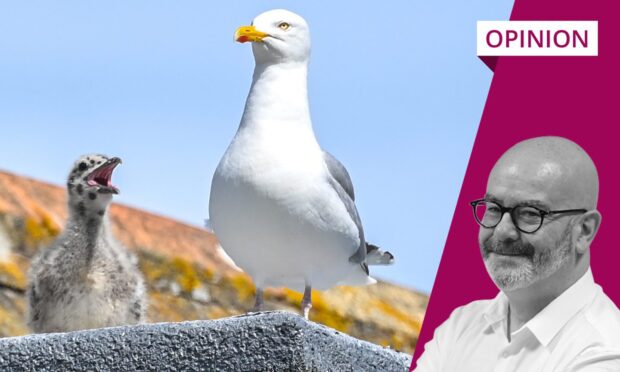

Conversation